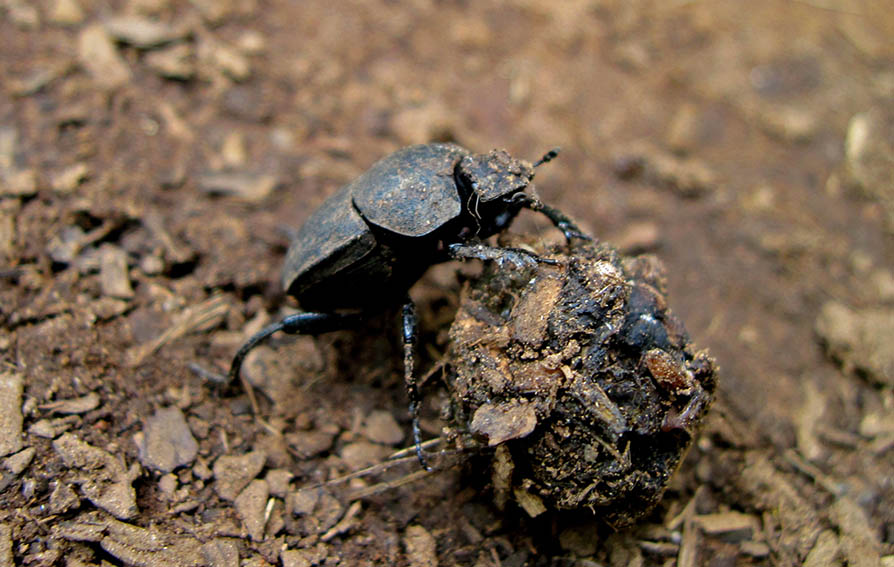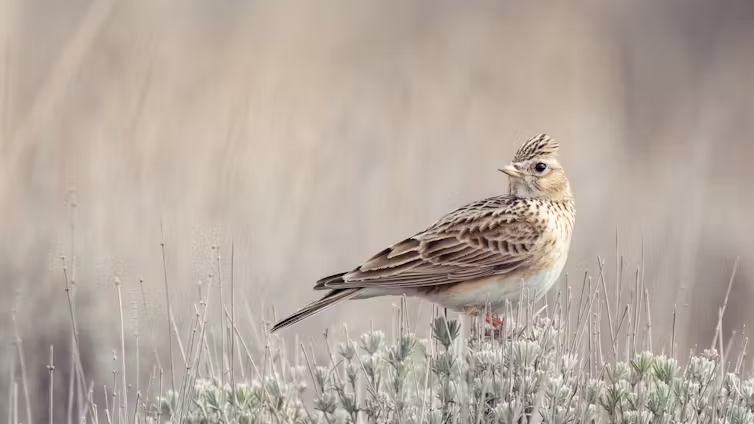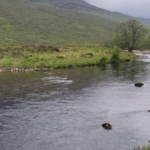Invertebrates

The little things that run the world
Invertebrates -animals without a backbone- have been accorded little attention in science, considering how incredibly biodiverse they are and their key role in maintaining the healthy functioning of our ecosystems.
6.1 million species of insects
We have an inkling of the global importance of invertebrates but have merely scratched the surface of their complex evolutionary history, ecological roles, interactions and behaviour.
It has been estimated that there are seven million terrestrial arthropod species on Earth consisting of 6.1 million species of insects, 1.5 million of which are beetles. Tropical forests hold a majority of these species, yet few such places have been adequately sampled for alpha diversity, and there remains even more uncertainty about beta diversity.
From an ecological point of view, we’re interested in the functions they have
Invertebrates have important roles in the functioning of ecosystems: nutrient cycling, pollination, and herbivory. We need to better understand these complex interactions to predict how they are likely to change in the face of a rapidly changing climate. As we move into an era of increased pressure on old-growth habitats and biodiversity, it is imperative that we understand how changes to invertebrate communities, and the extinction of species, affect ecosystems and those dependant on them.
Digg deeper
The Future of Tropical Invertebrate Research, a special issue published by @Biotropica, dives into the latest science on invertebrate and highlights priorities for tropical invertebrate research: conservation and sustainability (Stone et al., 2020), technology and methods (Raine et al. 2020), biogeography and ecosystem functioning (França et al., 2020) and highlight why they are important (Dahlsjö et al., 2020; Kitching et al., 2020). These studies add to our general understanding of the dynamics of tropical ecosystems. They also provide powerful tools for monitoring and responding to environmental change.
References
- Special Issue: The Future of Tropical Invertebrate Research, Edited by Cecilia Dahlsjö, and Roger Kitching, Biotropica, 52: 203-395, 2020.
- Dahlsjö, CAL, et al., Tropical terrestrial invertebrates—Where to from here?, Biotropica, 52: 391– 394, 2020.
- Raine, EH, Mikich, SB, Lewis, OT, Slade, EM. Linking dung beetle‐mediated functions to interactions in the Atlantic Forest: Sampling design matters, Biotropica, 52: 215– 220, 2020.
- Kitching, RL, et al. Invertebrates and the complexity of tropical ecosystems, Biotropica, 52: 207– 214, 2020.
- Stone, MJ, et al. Recovery of decomposition rates and decomposer invertebrates during rain forest restoration on disused pasture, Biotropica, 52: 230– 241, 2020.
- França, FM, et al. El Niño impacts on human‐modified tropical forests: Consequences for dung beetle diversity and associated ecological processes, Biotropica, 52: 252– 262, 2020.
Stressed beetles take less crap!

Let’s dig a little deeper into the wonderful world of Invertebrates. Drs. Filipe França and Joice Ferreira explore the role of dung beetles in rainforests. They find that dung beetles help rainforests regrow, but that extreme drought and wildfires in the Amazon are killing them off.
Dung beetles are hard shelled scarabs that live on every continent except Antarctica. They play a very important role in maintaining healthy ecosystems: they recycle feces, suppress parasites that could otherwise harm people and animals, spread seeds and nutrients in the soil. Dung beetles are also a good indicator of how healthy an ecosystem is. They are one of the first to suffer when their habitat is struggling. In tropical forests, for example, stress caused by environmental disturbances causes dung beetles to gain body fat and work less. Less beetles means less seed dispersal. This means slower re-growth of the forest after a big disturbance, and sometimes not enough regrowth before the next big disturbance hits the forest (França and Ferreira, 2020).
“Since 2010, we have collected and studied over 14,000 dung beetles from 98 different species in the vast and still wild interior of Brazil’s Santarém region, a remote corner of the Amazon forest – part of a long-term project with the Sustainable Amazon Network,” describe Drs. Filipe França and Joice Ferreira. “Most recently, we studied dung beetles to assess the Amazon’s recovery from the intense drought and forest fires of 2015 and 2016, extreme climatic events brought on by the most severe El Niño on record. (…) our study reveals that both forest fires and drought are far more damaging than previously thought.”
Tapirs, monkeys, ants, bees, beetles, and wasps are also powerful seed dispersers that suffer from environmental stress. “From our field sites deep in the Amazon, we are rooting for all the little creeping and crawling creatures that keep the world running.” (França, FM, et al., 2020).
References
- França, FM, et al. El Niño impacts on human‐modified tropical forests: Consequences for dung beetle diversity and associated ecological processes, Biotropica, 52: 252– 262, 2020.
Other recent stories




